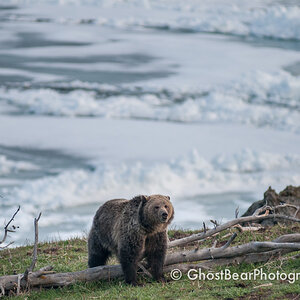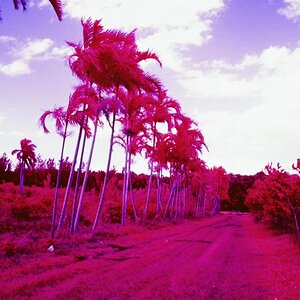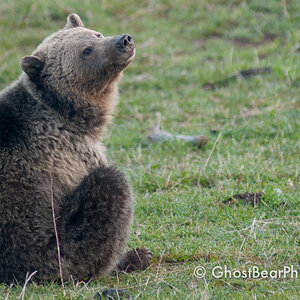nyamy
TPF Noob!
- Joined
- Mar 18, 2008
- Messages
- 105
- Reaction score
- 4
- Can others edit my Photos
- Photos OK to edit
I'm looking for another lens for my canon xsi
the kit lens has IS
as features go, how important is this?
I mostly want to get good close ups of my kids. most of the pics I'm taking these days are outdoors.
the kit lens has IS
as features go, how important is this?
I mostly want to get good close ups of my kids. most of the pics I'm taking these days are outdoors.




![[No title]](/data/xfmg/thumbnail/42/42016-4e3a2f053aa7a987a0b51e5a0fe85262.jpg?1619739978)
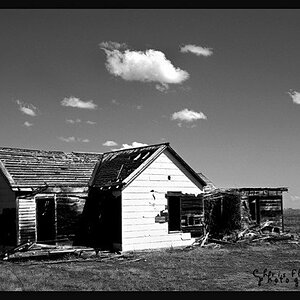


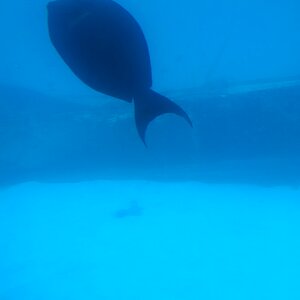
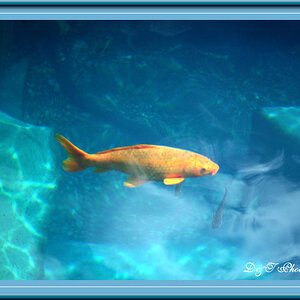
![[No title]](/data/xfmg/thumbnail/34/34142-948c6bafdf60862125009004d5a06e46.jpg?1619736315)
